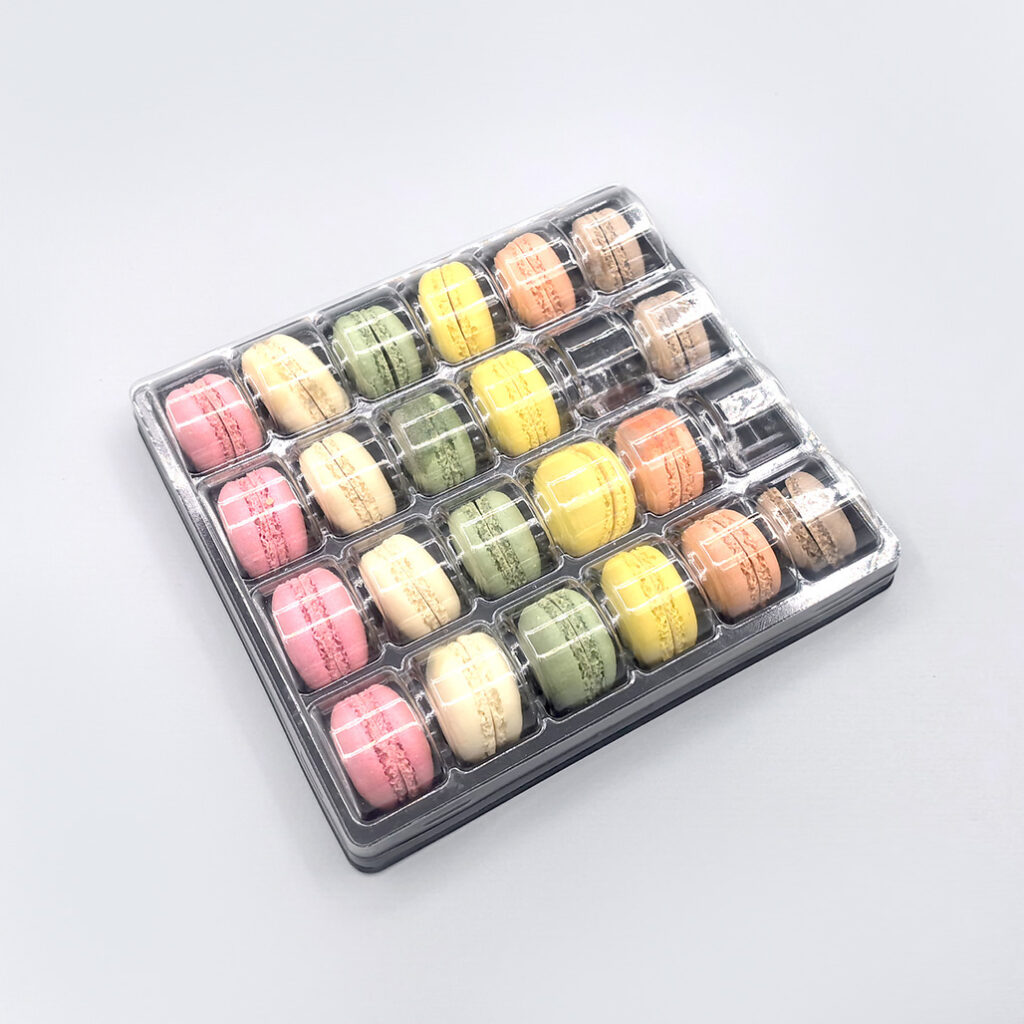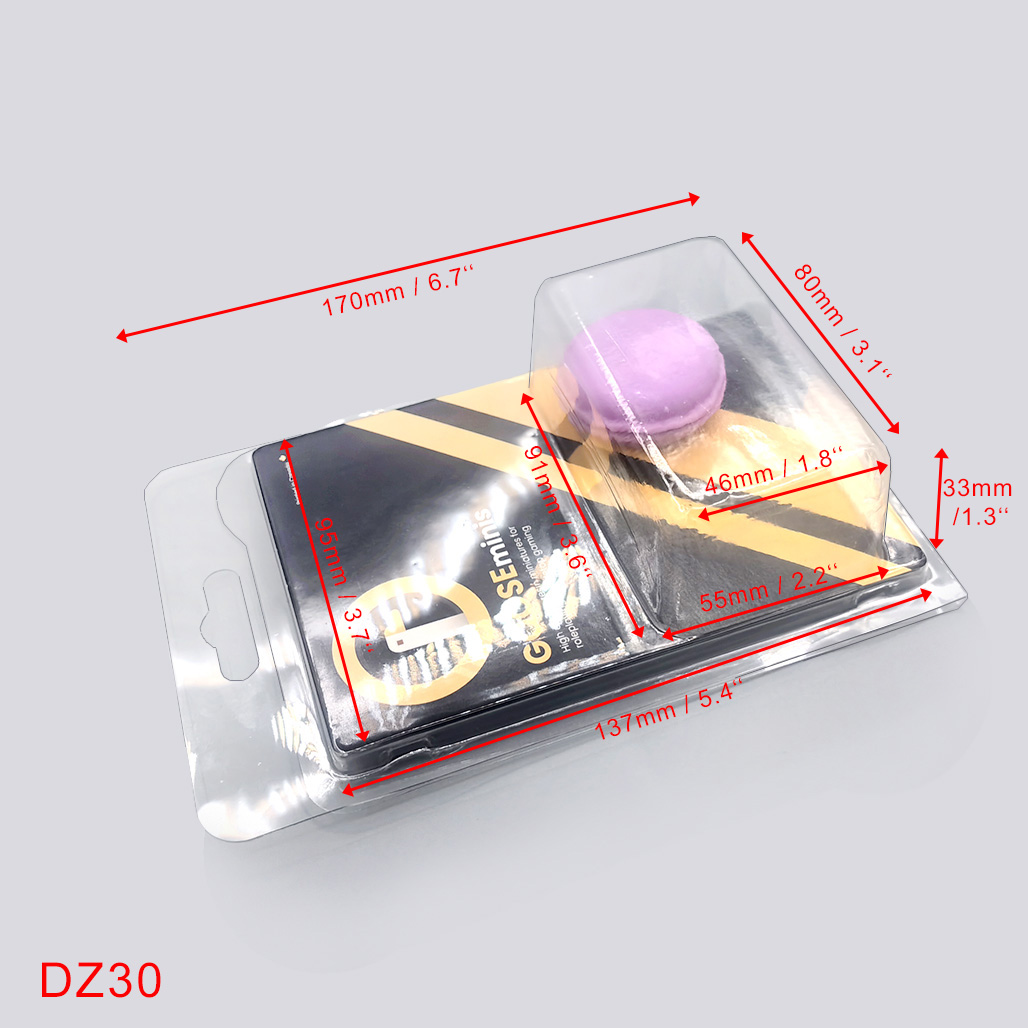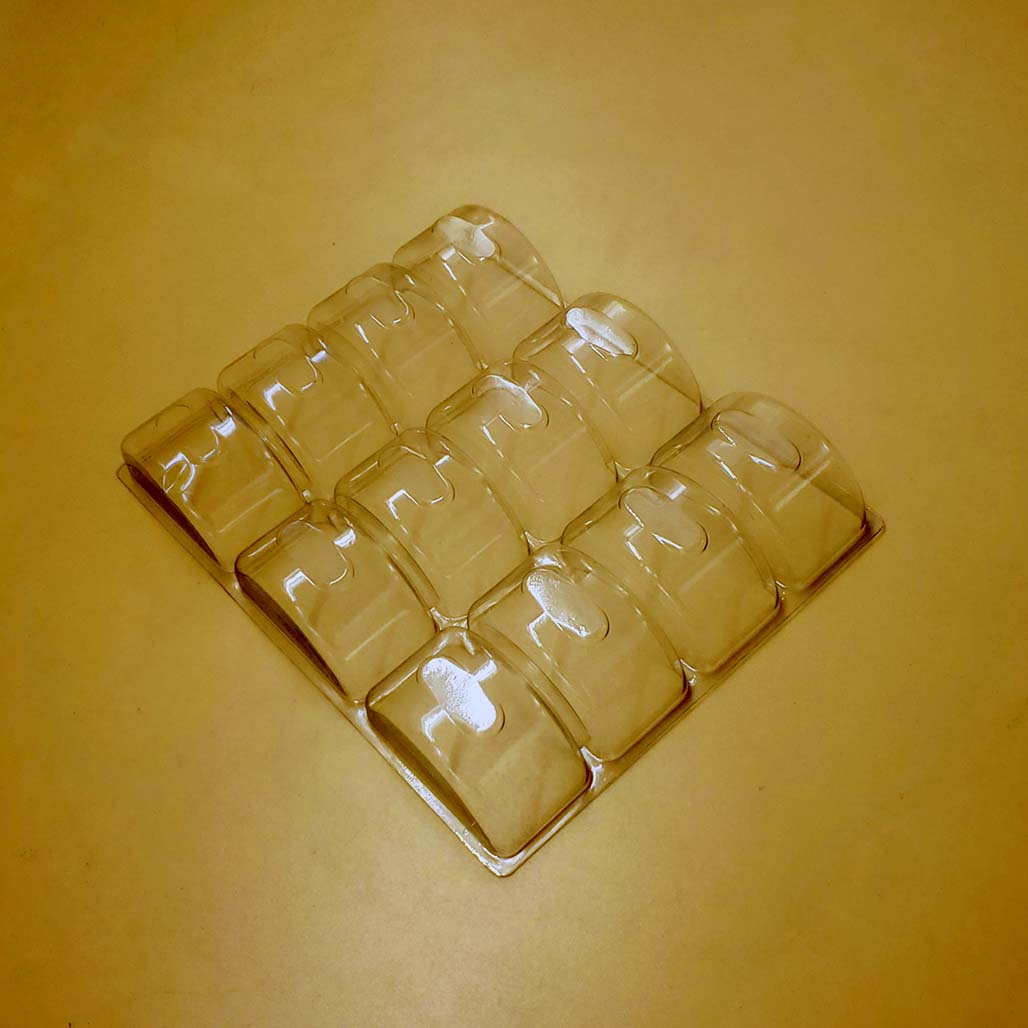
Usage classification
Blister packaging: a general term for plastic products produced using the vacuum molding process and packaged with corresponding equipment.
Blister packaging products include: blister shells, trays, blister boxes, and synonyms include: vacuum covers, blister covers, etc.
Main advantages
The main advantages of vacuum packaging are saving raw materials, light weight, convenient transportation, good sealing performance, and meeting the requirements of environmentally friendly and green packaging; Can package any irregular products without the need for additional cushioning materials for packaging; The packaged products are transparent and visible, have a beautiful appearance, are easy to sell, and are suitable for mechanized and automated packaging, facilitating modern management, saving manpower, and improving efficiency.

Production equipment
The vacuum packaging equipment mainly includes: vacuum molding machine, punching machine, sealing machine, high-frequency machine, and folding machine.

The packaging products formed by packaging can be divided into: card insertion, card suction, double bubble shell, half bubble shell, half fold bubble shell, triple fold bubble shell, etc.
Triple fold bubble shell packaging is the process of folding a bubble shell into three sides (front, bottom, and back), forming an additional bottom edge to allow the product to stand on a flat surface. Its characteristic is that high-frequency edge sealing technology can be omitted, and a buckle can be made at a certain position of the bubble shell to connect it. If necessary, staples can also be used. In terms of material selection, PET hard sheets can be used to achieve the purpose of environmentally friendly materials, suitable for packaging large-diameter products.

Attention should be paid to the following issues: 1. Due to the lack of high-frequency machine edge banding, the edges need to be cut with high quality on the cutting machine; 2. The tightness of the buckle should be moderate.

process flow
Diagram of hot forming process flow
Rough process: plastic sheets – cutting – sheet fixation – heating – forming – demolding – edge removal – finished product

Material requirements for vacuum forming:
- Vacuum forming can only produce products with relatively uniform wall thickness (usually slightly thinner at the chamfer), and cannot produce plastic products with significantly different wall thicknesses
- The wall thickness of vacuum forming is generally within the range of 1 to 2mm or thinner (the most commonly used thickness for small packaging using vacuum packaging sheets is 0.15 to 0.25mm)
- The stretching degree of vacuum formed products is limited to a certain extent. The diameter to depth ratio of vacuum formed plastic containers generally does not exceed 1, and in extreme cases, it should not exceed 1.5
- The dimensional accuracy of vacuum forming is poor, and its relative error is generally above 1%.

Related concepts
Vacuum molded products
Vacuum molded products are processed using plastic, and the principle of product generation is to heat and soften the flat plastic hard sheet material, then vacuum adsorb it onto the surface of the mold, and then cool it to form. Vacuum molded products are widely used, mainly in industries such as electronics and appliances, food, hardware tools, cosmetics, toys, daily necessities, medicine, health products, automobiles, stationery, cultural and sports products, etc.

Blister packaging
Blister packaging products mainly include: blister shells, trays, blister boxes, and synonyms include: vacuum covers, blister covers, etc.

Blister shell
Using vacuum molding technology to make transparent plastic hard sheets into transparent plastic with specific raised shapes, covering the surface of the product to protect and beautify the product. Also known as bubble hood, vacuum hood, or plastic face mask. According to the different forms of bubble shells, they can be divided into single bubble shell, double bubble shell, plug-in bubble shell, and suction bubble shell

Blister box
It is a type of vacuum molded product with a lid and a bottom. The bottom and lid connected together are called folding vacuum molded boxes, while the bottom and lid separated are called bottom cover vacuum molded boxes.

Blister shaped “tray”
Also known as plastic inner support, it uses vacuum molding technology to make plastic hard sheets into specific grooves of plastic, and places the product in the grooves to protect and beautify the product.

Flocking inner support
It is a type of blister tray made of special materials, which glues a layer of plush material on the surface of ordinary plastic hard sheets, giving the tray a plush texture and improving the quality of packaging products.

Anti static tray
It is a vacuum tray made of special materials, with a surface resistance value of less than 10 to the 11th ohm. Mainly used for blister trays in electronic and IT products.

Vacuum molding “mold”
The lowest cost mold used in vacuum forming production is gypsum mold, followed by electroplated copper mold, and the most expensive is aluminum mold. The mold is drilled with small holes for vacuum adsorption and heating of hard sheets to form vacuum molded products.




